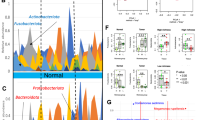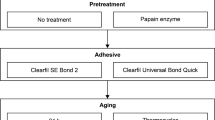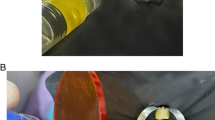Abstract
Aim
To characterize the odontogenic capability of apical bud and phenotypical change of apical bud cells (ABCs) in different microenvironment.
Methodology
Incisor apical bud tissues from neonatal SD rat were dissected and transplanted into the renal capsules to determine their odontogenic capability. Meanwhile ABCs were cultured and purified by repeated differential trypsinization. Then ABCs were cultured with conditioned medium from developing apical complex cells (DAC‐CM). Immunocytochemistry, reverse transcriptase polymerase chain reaction (RT‐PCR) and scanning electron microscope (SEM) were performed to compare the biological change of ABC treated with or without DAC‐CM.
Results
First we confirmed the ability of apical bud to form crown‐like structure ectopically. Equally important, by using the developing apical complex (DAC) conditioned medium, we found the microenvironment created by root could abrogate the “crown” features of ABCs and promote their proliferation and differentiation.
Conclusion
ABCs possess odontogenic capability to form crown‐like tissues and this property can be affected by root‐produced microenvironment.
Similar content being viewed by others

Article PDF
Author information
Authors and Affiliations
Corresponding authors
Rights and permissions
About this article
Cite this article
Fang, J., Tang, L., Liu, X. et al. Changes of the Unique Odontogenic Properties of Rat Apical Bud Cells under the Developing Apical Complex Microenvironment. Int J Oral Sci 1, 26–33 (2009). https://doi.org/10.4248/ijos.08017
Received:
Revised:
Accepted:
Published:
Issue date:
DOI: https://doi.org/10.4248/ijos.08017
Keywords
This article is cited by
-
Effect of preameloblast-conditioned medium and CPNE7 on root surfaces in dogs: a histologic and histomorphometric evaluation
Journal of Molecular Histology (2018)
-
Oculofaciocardiodental syndrome: novel BCOR mutations and expression in dental cells
Journal of Human Genetics (2014)
-
The role of preameloblast-conditioned medium in dental pulp regeneration
Journal of Molecular Histology (2013)
-
Molecular regulatory mechanism of tooth root development
International Journal of Oral Science (2012)


